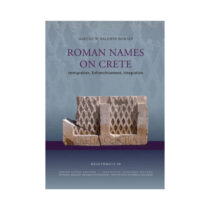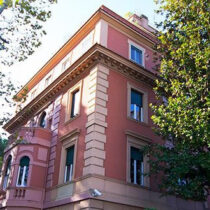Euboea offers a great number of interesting caves. Almost two hundred of them have been recorded. Only half of this number have been however explored, while only twenty-six display evidence of inhabitation during prehistoric and historic times. Euboean caves and those on Greek territory in general, are examined here in a chronological order. During the Paleolithic age the inhabitation of caves is a rare phenomenon with the exception of NW Greece. This is probably due to the considerable tectonic quality of the Greek area that causes either the collapse or the radical change of cave formations. The early Neolithic period also appears rarely in Greek caves. Only two Euboean caves offer relevant traces indicating that they were used for burials rather than for habitation. During the late Neolithic phase the human presence becomes frequent and, as is also the case with the next phase, it is the result of settlement during summer time, a practice continued until today by the Sarakatsanoi of Pindos mountain range. The late Neolithic coincides with the cave period and in Euboea the inhabitation of caves prevails while the finds dating from the Bronze age are rare or absent. Ιn the Historic era caves become burial or worship sites or are used for handicraft activities.
As regards the use of caves it is difficult to propose that they were used as permanent habitations during the Neolithic period, since at that time man could settle in outdoors sites. Most probably in these years caves act as temporary settlements, not excluding burial use. Nevertheless, throughout the ages caves come into use as stables and provide shelter against weather calamities or hostile invasions. Caves were also employed, from antiquity until one hundred years ago, for the encavement of babies or sick children and for the quarantine of people suffering from contagious or mortal diseases. Furthermore, since from the Bronze age on a religious quality had been attributed to caves, they were used for cult activities especially in Crete. Finally their use for handicraft activities is quite rare and is only apparent in a cave in Euboea.


